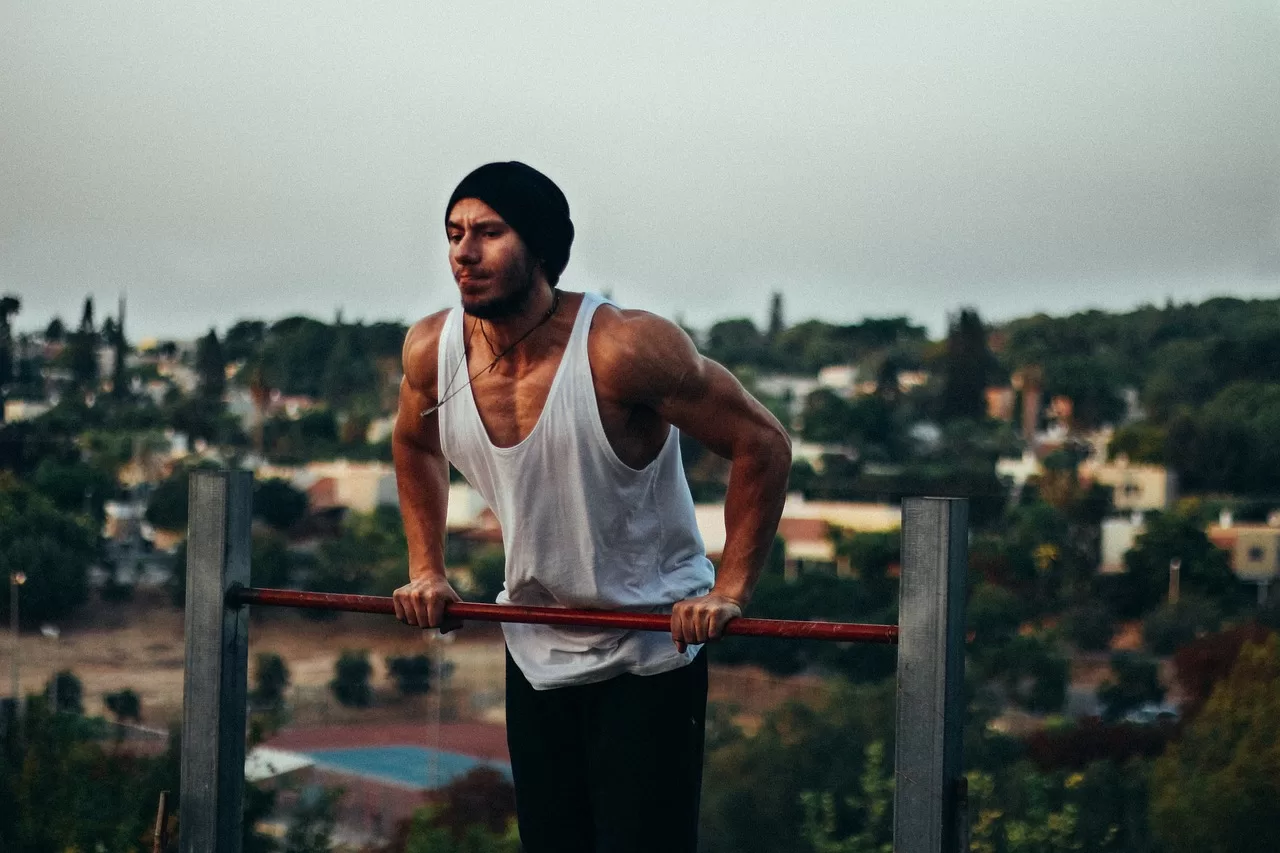Welcome to our beginner’s guide to Calisthenics for Weight Loss. If you’re looking for an effective and accessible way to lose weight and improve your overall fitness, calisthenics may be just what you need. In this blog post, we’ll cover the basics of calisthenics, including exercises, equipment options, and a sample workout to get you started on your calisthenics journey. So, let’s dive in and discover the amazing benefits of calisthenics for weight loss.
What is Calisthenics?
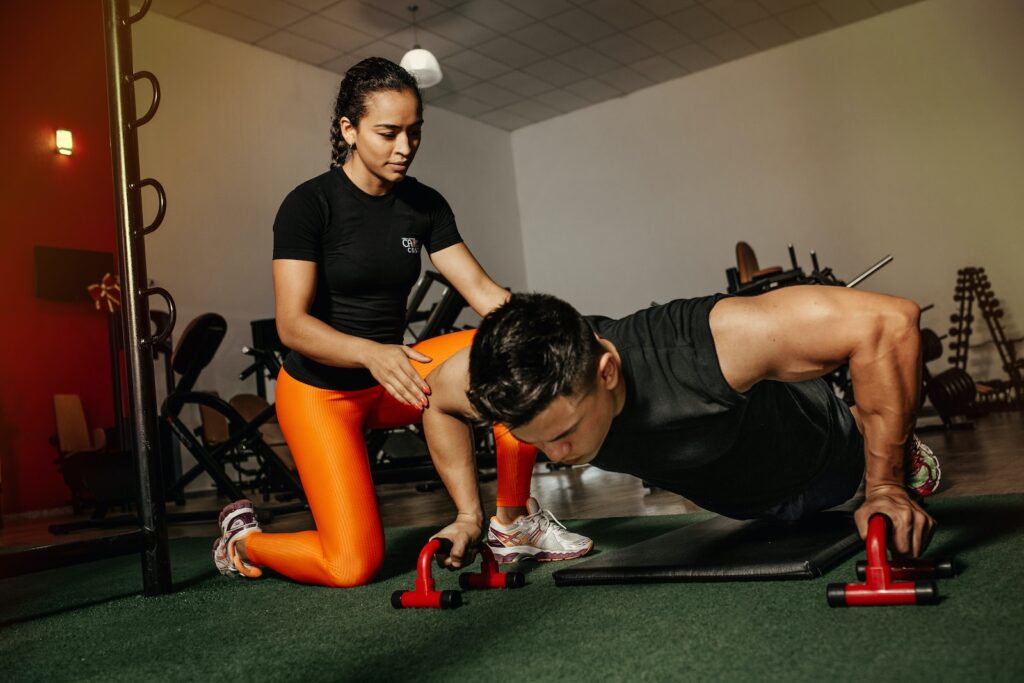
Calisthenics is a form of exercise that uses bodyweight movements to build strength, improve flexibility, and increase endurance. Unlike weightlifting, which typically involves lifting heavy weights in a controlled manner, calisthenics relies on movements that use your body weight as resistance, like Push-ups, Squats, Lunges and Pull-ups.
While these exercises are a great starting point, calisthenics can also involve more advanced movements such as muscle-ups, typewriters, and one-arm push-ups. These movements require a lot of strength and skill but can be incredibly rewarding to master. Whether you’re a beginner or an advanced athlete, there are plenty of calisthenics exercises to challenge your body and improve your fitness.
5 Basic Calisthenics Exercises
If you’re new to calisthenics, it can be overwhelming to know where to start. Here are five basic calisthenics exercises that you can try:
Push-ups: As mentioned earlier, push-ups are a classic calisthenics exercise that targets the chest, shoulders, and triceps. If you’re just starting out, you can do them on your knees or against a wall to make them easier. As you get stronger, you can work your way up to doing a full push-up on your toes.
Squats: Squats are a great way to work your leg muscles (quadriceps, hamstrings, and glutes). To do a squat, stand with your feet shoulder-width apart and your toes pointing slightly outward. Lower your body by bending your knees and pushing your hips back, then return to standing.
Lunges: Lunges are similar to squats but require you to move one leg at a time. To do a lunge, start with one foot in front of the other and lower your body until both knees are bent at a 90-degree angle. Return to standing and repeat with the other leg.
Dips: Dips are a challenging exercise that work your triceps, chest, and shoulders. To do a dip, find parallel bars or use the edge of a bench or chair. Grip the bars or edges with your hands and lower your body until your elbows are bent at a 90-degree angle, then push back up to the starting position.
Pull-ups: Pull-ups is an exercise that targets the back, shoulders, and arms. To do a pull-up, grip a horizontal bar with your hands shoulder-width apart and your palms facing away from you. Pull your body up until your chin is above the bar, then lower yourself back down.
These five exercises are a great starting point for a calisthenics workout. Depending on your fitness level and goals, you can adjust the number of repetitions, sets, and rest periods to make the workout more or less challenging. Remember to focus on proper form and technique and to gradually increase the intensity of your workouts as you get stronger.
Calisthenics Equipment
One of the great things about calisthenics is that you don’t need any equipment to get started. All you need is some space to move around. However, as you progress and get stronger, you may want to add some equipment to your workouts to increase resistance or provide assistance.
Some common calisthenics equipment includes:
- Parallettes: These are small bars that can be used for exercises like dips, L-sits, and handstands. They are usually made of wood or metal and can be found in various sizes.
- Pull-up bar: A pull-up bar is a horizontal bar that can be used for exercises like pull-ups and chin-ups. It can be mounted on a wall or doorframe or purchased as a standalone unit.
- Gymnastic rings: Gymnastic rings are adjustable straps with hanging rings that can be used for exercises like ring dips, ring rows, and muscle-ups. They provide an unstable surface that challenges your stabilizer muscles and can be adjusted to various heights.
- Resistance bands: Resistance bands are elastic bands that can be used for exercises like assisted chin-ups and squats. They come in various strengths and can be used to add resistance or assistance to your workouts.
- Weighted vest: A weighted vest is a vest that has pockets for adding weights. It can be worn during exercises like squats, lunges, and push ups to add resistance and make the exercises more challenging.
While these items are not necessary for a calisthenics workout, they can be a great way to add variety and challenge to your routine. Keep in mind that some exercises may require different equipment than others, so it’s a good idea to assess your goals and choose equipment that will help you achieve them.
If you’re interested in learning more about calisthenics equipment, check out our blog post on the Top 5 Calisthenics Equipment for a Challenging Workout in 2023. We’ve researched and tested various equipment options to help you find the best gear for your needs.
Calisthenics vs Weights
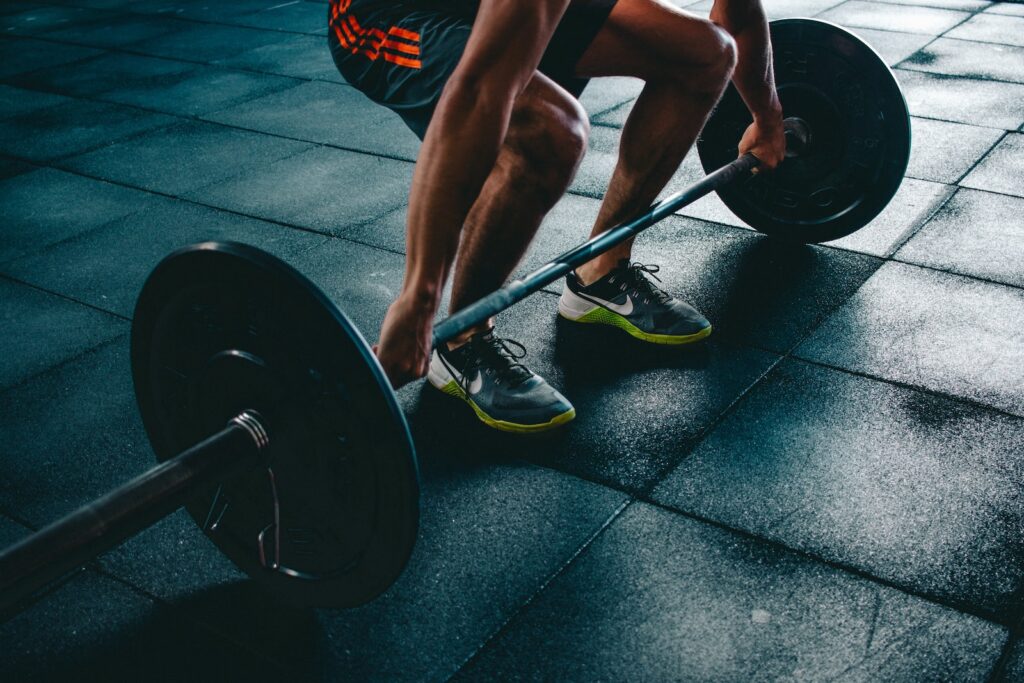
Calisthenics and weightlifting are both popular forms of exercise that can help build strength and improve overall fitness. While they share some similarities, there are also some key differences between the two.
Calisthenics relies on bodyweight movements to build strength and endurance. This means that you don’t need any equipment and can do calisthenics anywhere, anytime. Calisthenics exercises also tend to be functional movements that mimic real-life activities, such as pushing, pulling, and squatting.
Weightlifting, on the other hand, involves lifting weights (dumbbells, barbells, kettlebells, etc.) to build strength and muscle mass. Weightlifting can be done at home or in a gym, but usually requires some equipment. Weightlifting exercises tend to isolate specific muscle groups and focus on building muscle size and definition.
So, which is better for weight loss? The answer depends on your individual goals and preferences. Both calisthenics and weightlifting can be effective for weight loss when combined with a healthy diet and consistent exercise routine. Calisthenics may be more convenient and accessible for some people, while weightlifting may be more effective for building muscle mass and increasing overall strength.
Ultimately, the best exercise routine for weight loss is one that you enjoy and can stick to long-term. Some people may prefer the simplicity and accessibility of calisthenics, while others may enjoy the challenge and variety of weightlifting. The key is to find an exercise routine that works for you and helps you achieve your weight loss goals.
Benefits of Calisthenics Beyond Weight Loss
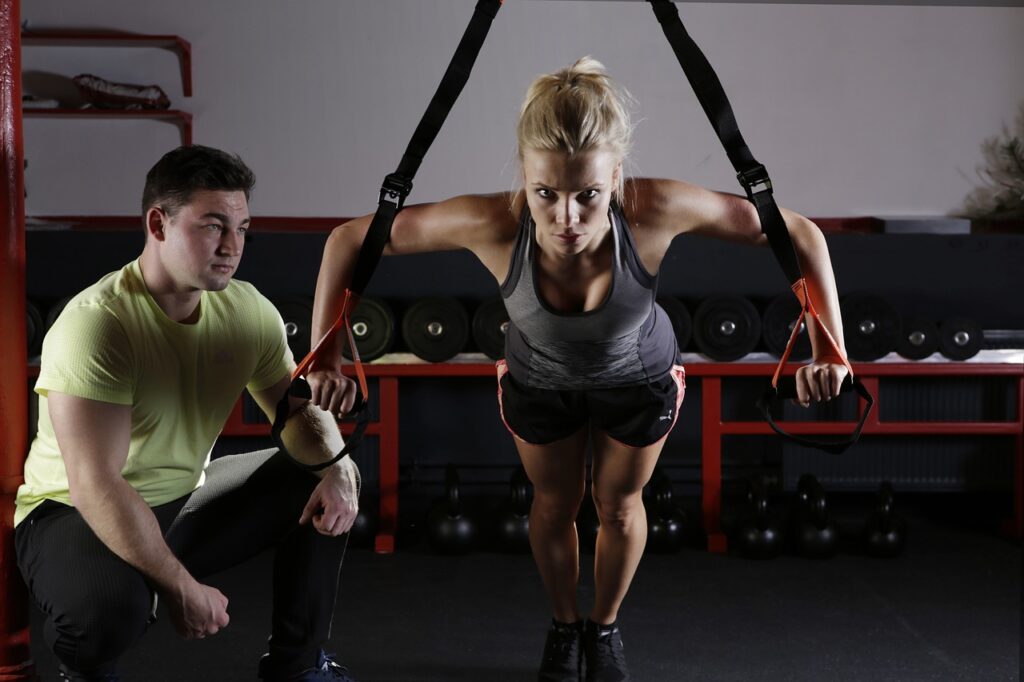
While calisthenics can be a great way to lose weight and improve overall fitness, there are also many other benefits to this form of exercise. Here are a few:
- Improved mobility and flexibility: Many calisthenics exercises involve movements that require a full range of motion, which can help improve joint mobility and overall flexibility. This can be especially beneficial for people who sit for long periods or have sedentary jobs.
- Increased functional strength: Calisthenics exercises often mimic real-life activities, such as pushing, pulling, and squatting. This means that the strength you build through calisthenics can translate to better performance in everyday tasks like carrying groceries or lifting a child.
- Lower risk of injury: Because calisthenics exercises use your body weight as resistance, there is less risk of injury compared to exercises that involve lifting heavy weights. Additionally, many calisthenics exercises are low-impact and can be modified to suit your fitness level and any pre-existing injuries.
- Mental health benefits: Exercise, in general, has been shown to improve mood and reduce stress levels, and calisthenics is no exception. The sense of accomplishment and satisfaction that comes from mastering a new exercise or increasing your reps can be a powerful motivator and boost to your mental health.
- Versatility: Calisthenics can be done anywhere, anytime, without the need for expensive equipment or a gym membership. This makes it a great option for people who travel frequently, have busy schedules, or prefer to work out at home.
These are just a few of the many benefits of calisthenics beyond weight loss. Whether your goal is to improve mobility, build functional strength, or just feel better in your body, calisthenics can be a fun and effective way to achieve your goals.
Beginner Calisthenics For Weight Loss Workout
If you’re new to calisthenics, it’s important to start with exercises that are appropriate for your fitness level and gradually work your way up to more challenging movements. Here’s a beginner-friendly full-body workout that you can do 3 or more days a week:
Warm-up:
- 5 minutes of light cardio (jumping jacks, jogging in place, etc.)
- 10 arm circles (forward and backward)
- 10 leg swings (forward and backward)
Circuit:
- Bodyweight squats – 3 sets of 15 reps
- Push-ups (on knees or against a wall if needed) – 3 sets of 15 reps
- Lunges (alternating legs) – 3 sets of 15 reps
- Dips (using parallel bars or a chair) – 3 sets of 15 reps
- Pull-ups – 3 sets of 10 reps or to failure
- Leg raises – 3 sets of 15 reps
Cool-down:
- 5-10 minutes of light stretching (hamstring stretch, quad stretch, tricep stretch, etc.)
In this workout, you’ll be targeting all major muscle groups in your body with five basic calisthenics exercises. Start with one set of each exercise and gradually work your way up to three sets as you get stronger. Remember to focus on proper form and technique and to take breaks between sets as needed.
As you get comfortable with these exercises, you can start to incorporate more advanced movements or adjust the intensity of the workout by increasing the number of reps or sets. The key is to listen to your body and progress at a pace that is comfortable for you.
Remember to also incorporate rest days into your workout routine to allow your muscles time to recover and repair. With consistent effort and dedication, you’ll be amazed at how quickly you can progress in your calisthenics journey.
Other Beginner Workouts
Looking for additional workouts that will help you get started with calisthenics and kickstart your weight loss journey? Check out this video featuring Frank Medrano, a renowned calisthenics athlete and trainer. In this video, Frank takes you through a series of beginner-level exercises that are perfect for anyone new to calisthenics or looking to build a strong foundation for their fitness goals. Follow along and learn proper form and technique as Frank demonstrates each exercise, and start seeing results in no time!
Frequently Asked Questions
Does calisthenics help you lose weight?
Yes, calisthenics can be an effective way to lose weight when combined with a healthy diet and consistent exercise routine. Calisthenics exercises can help increase your heart rate, burn calories, and build muscle mass, all of which can contribute to weight loss.
Which calisthenics exercise burns the most fat?
There is no one exercise that is best for burning fat, as it depends on a variety of factors such as your fitness level, body composition, and overall workout routine. However, some calisthenics exercises that can be effective for burning fat include burpees, jumping jacks, and high-intensity interval training (HIIT) circuits.
Can calisthenics help build muscle mass?
Yes, calisthenics can be an effective way to build muscle mass, especially when combined with progressive overload (gradually increasing the difficulty of your exercises over time). Bodyweight exercises like pull-ups, dips, and push-ups can be challenging enough to stimulate muscle growth.
Is calisthenics safe for beginners?
Yes, calisthenics can be a safe and effective form of exercise for beginners as long as you start with appropriate exercises for your fitness level and gradually work your way up to more advanced movements. It’s also important to focus on proper form and technique to avoid injury.
Do I need equipment to do calisthenics?
No, you don’t need any equipment to do calisthenics as many exercises use your own body weight as resistance. However, some equipment like resistance bands, pull-up bars, or parallettes can add additional resistance or assistance to your workouts and can help you progress in your training.
If you’re interested in learning more about calisthenics equipment, check out our blog post on the Top 5 Calisthenics Equipment for a Challenging Workout in 2023.
Tips for Getting Started
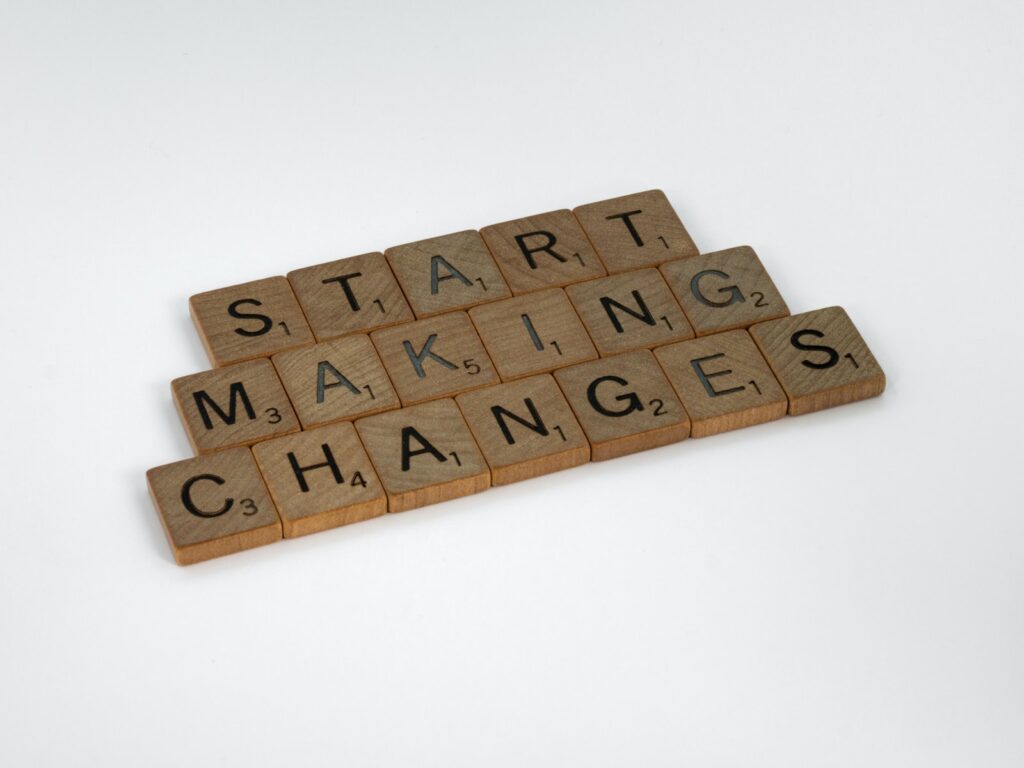
Getting started with calisthenics can be intimidating, but these tips will help you get started on your journey:
- Start with basic exercises: Begin with exercises that are appropriate for your fitness level and gradually move to more advanced movements. Push-ups, squats, and lunges are a great place to start.
- Focus on proper form and technique: Learn the correct way to perform each exercise and don’t hesitate to seek feedback from a professional if needed.
- Progress gradually: Once you’ve mastered the basics, work your way up to more advanced movements or increase the intensity of your workouts. But always make sure to progress slowly so as not to overdo it too soon.
- Incorporate rest days: Allow yourself time away from working out by taking rest days every now and then. Doing this will help prevent injury and repair worn muscles.
- Stay consistent: Consistency is essential when trying to reach fitness goals – even if you can only work out for a few minutes a day, staying consistent will help you make progress over time.
Remember everyone’s fitness journey is different, so find what works best for you and stick with it long-term!
Conclusion
In conclusion, calisthenics for weight loss is a fun, effective, and accessible form of exercise that can help you achieve your fitness goals. With its focus on bodyweight movements, calisthenics is a great way to build strength, endurance, and overall fitness without the need for expensive equipment or a gym membership. Whether your goal is weight loss, muscle building, or improved mobility, calisthenics can help you get there with consistent effort and dedication. So, why not give it a try and see the results for yourself?
If you’re interested in learning more about weight loss, consider checking out “A Programmer’s Design Patterns for Weight Loss,” this is my book that provides practical tips and strategies for achieving your weight loss goals. Remember that every person’s journey is unique, and with the right mindset and support, anyone can achieve their fitness goals.

